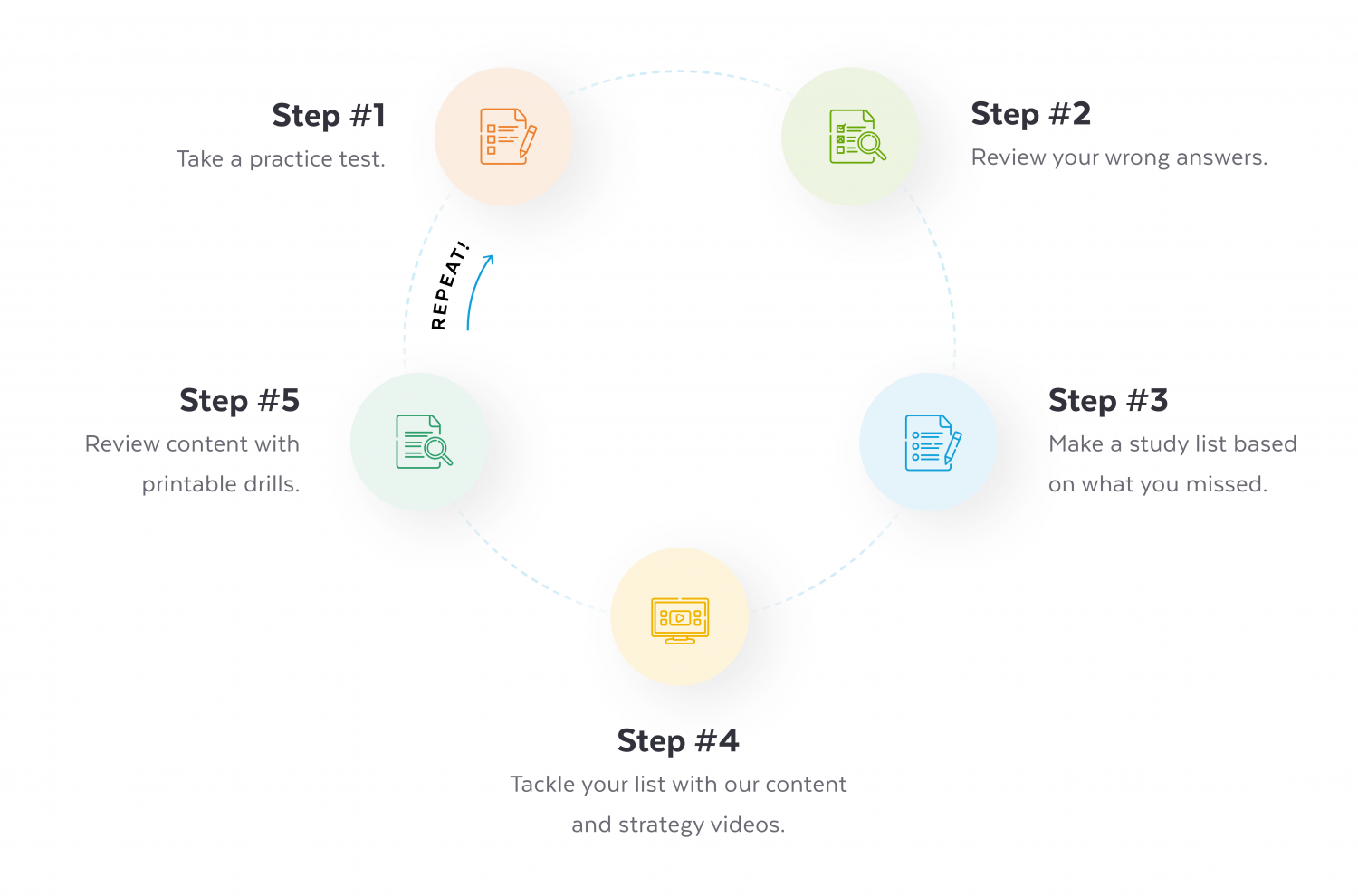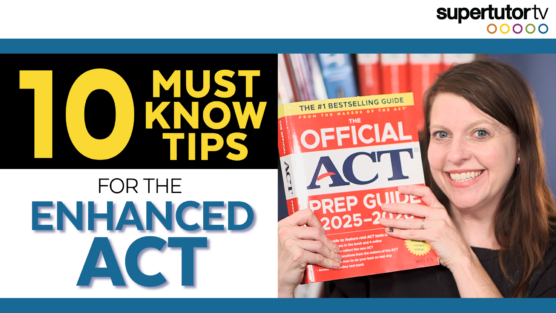Have you ever felt stuck on the ACT Reading section? Are you looking for the best way to improve your score? In this post, we’ll talk about how Brooke coached a student from 24 to a 36 on the ACT Reading section.
It’s important to note that reading this post won’t magically improve your score. Instead, we’ll go over the principles that helped this particular student through their studies. If you apply them in your studies and you put in a lot of practice, you can really transform your score.
Don’t Mistake Identification for Answering the Question
Don’t approach the ACT Reading section like you would approach a multiple choice test at school. For multiple choice tests at school, your teacher is probably looking for you to identify information that you’ve read in a closed book environment. This means that you had to have read the text, and you’re not really allowed to refer back to it. Additionally, when you show up on test day, the test is based around information that you recognize. Recognition is a lower order thinking than analysis, synthesis, and other higher order concepts that the ACT tests for. Treating the ACT as an identification test will lead to poor results.
If you try to answer a question through recognition, you might remember seeing a detail at some point in the passage and swap out what the question is asking on the ACT with “did the passage say this?” 90% of the time, every answer choice is somewhere in the passage. The question is not asking “which of these did the passage mention?” and students who fail to understand this will make mistakes.
Don’t Treat the ACT like a Closed Book Test
A lot of students might think that doing a super close reading the first time will leave them with little to no time to go back. While the ACT is a very fast test, you still have to choose a couple of passages to skim at a faster pace. Your goal when you first read is not to remember every detail. Instead, you want to map out information so you know where to refer back to. Questions are so detail oriented that if you’re not playing the scavenger hunt game, you’re going to lose. You absolutely want to triple check every detail.
Don’t Treat This like a Multiple Choice Test. Push Your Brain to Work Harder
You want your best brain at the ACT. You want to somehow trick yourself to work as hard as you can on this test so the smartest part of you shows up on test day. To do this, don’t treat the test like a multiple choice test.
If you’ve ever taken a vocabulary quiz in school, you might have noticed that open answer tests are harder than multiple choice tests. At school, multiple choice tests are easier because the answer choices can jog your memory. The problem with this in the ACT is that answer choices that jog your memories will often mislead you.
To avoid the power of suggestion, read the question and pretend that it’s not multiple choice. Something happens when you don’t approach a test in multiple choice mode and instead approach it as if it were an open answer. When you do this, your brain works harder.
The ACT Reading section is really just a scavenger hunt. Most of the questions aren’t that hard if you refer back to the right detail. Most of the challenge is being able to find all the right details in a limited amount of time. Obviously, more goes into improving your score than just this, but this is the baseline. From there, you want to be taking real practice tests, going over them, and reviewing trends that you can improve on.





